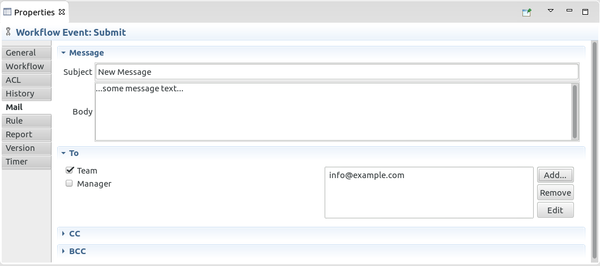The Imixs Software Solutions GmbH and the Open Source projekt Imixs-Workflow has joined the Java EE Guardians.
The Java EE Guardians is an independent group of people interested in moving Java EE forward. The purpose of this group is advocacy, raising awareness, finding solutions, collaboration and mutual support. We believe that together – including Oracle – we can prove that this is the dawn of a new era for an ever brighter future for Java, Java EE and server-side computing.
The Imixs-Workflow project supports the Java EE Guardians with a series of articles about the Java Enterprise Architecture. We published a new architectural approach to control a complex business process within a Microservice architecture running on the Java EE Stack.
- Microservices, Verticals, and Business Process Management
- How to Design a Business Process Service Architecture
The Imixs-Workflow project has evolved over several years and has been following the Java EE standard from the beginning. As a result, we were able to work with a stable code base and benefit directly from a multitude of modern software concepts. Some code of the Imixs-Workflow project has not changed over the years, other code was simplified by introducing new and modern language concepts within the Java EE platform. This will enable developers, community members and our customers to benefit from the sustainable and modern Java EE platform.





